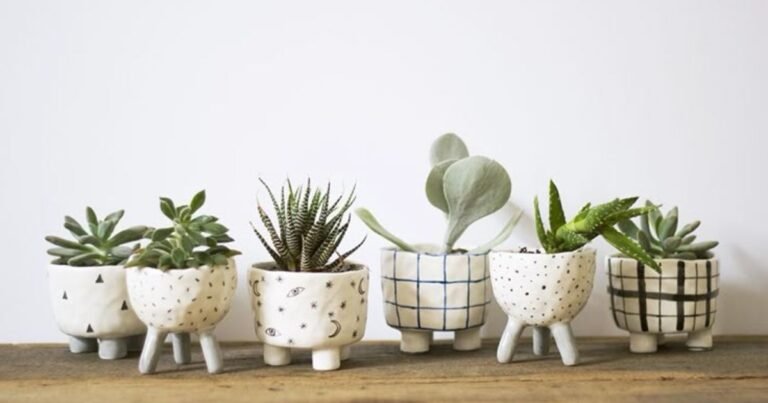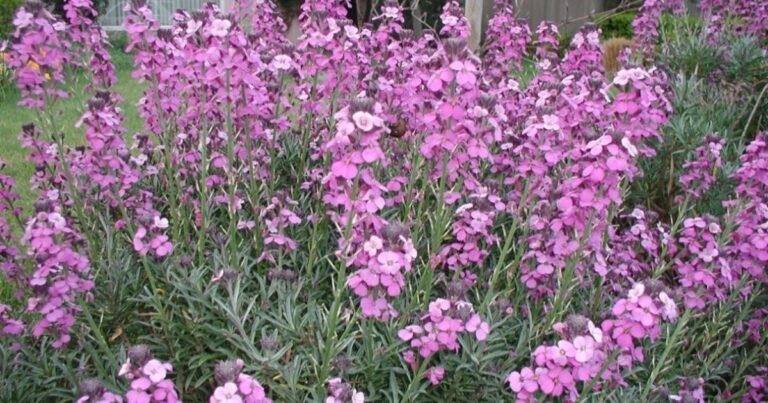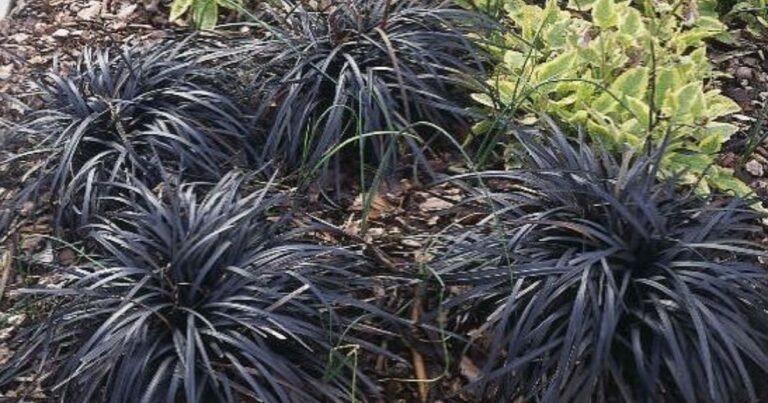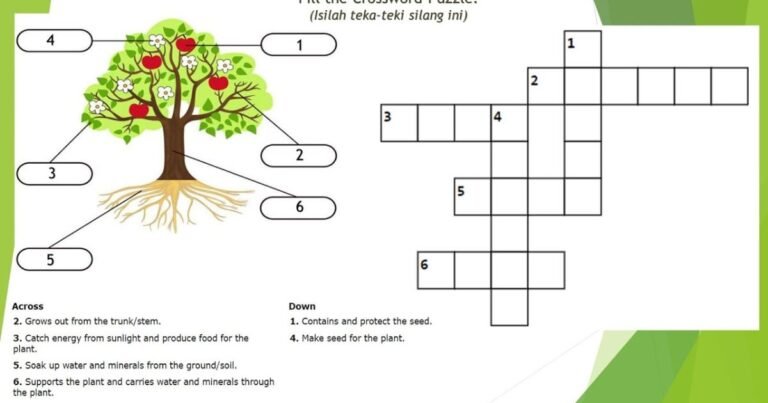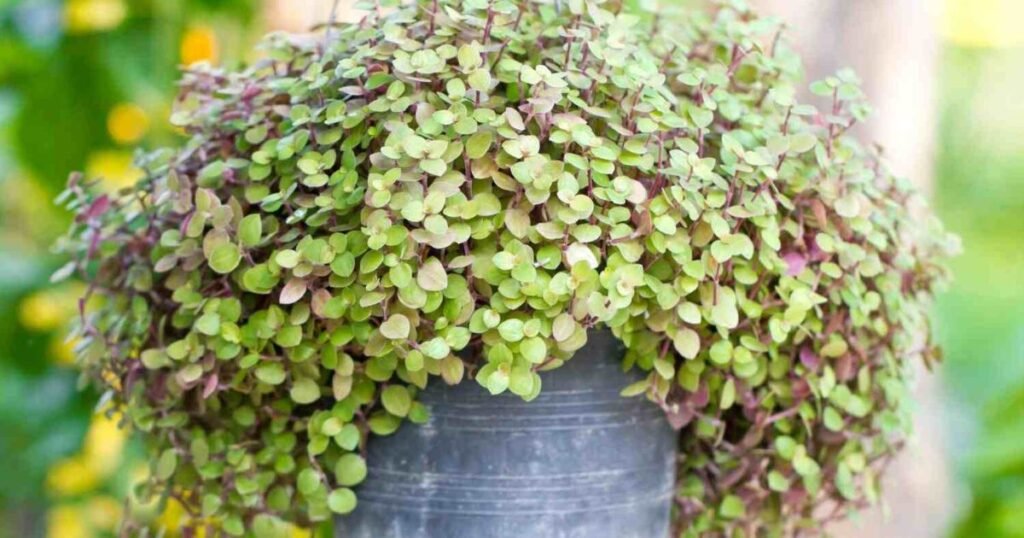
Circulance plants recycling nutrients in a closed-loop eco-garden.
There’s a quiet revolution happening in the soil beneath your feet, one that could solve more than just climate issues. Let’s talk about circulance plants, a lesser-known yet powerful concept reshaping how we think about sustainability. As a psychologist, I look at how people behave with their environment. We often chase quick solutions, but nature’s rhythm, especially through circulance, offers long-term healing.
Let’s break it down clearly and simply no fluff, no robotic jargon, just what you actually want to know.
What Exactly Are Circulance Plants?
Circulance plants refer to plant species that naturally regenerate, recycle nutrients, and adapt to closed-loop systems, exactly the kind of biology that supports a circular economy. Unlike traditional monoculture crops that exhaust soil and resources, these plants feed back into the environment rather than drain it.
Think of them as nature’s self-care specialists. Just like how humans need healthy habits to break burnout cycles, the earth relies on these resilient plants to keep ecosystems balanced and productive.
They’re often used in:
- Compost cycles
- Greywater filtration
- Carbon sequestration
- Soil regeneration
- Food waste processing
Why the Circular Economy Needs Circulance Plants?
We’re in a global burnout socially, mentally, and environmentally. The circular economy isn’t just a trendy idea; it’s a framework where nothing goes to waste, and that includes how we grow food, use land, and handle water.
Circulance plants serve as biological engines in this model. They:
- Absorb excess nutrients from wastewater
- Restore soil pH balance
- Prevent erosion in overworked lands
- Naturally suppress pests without chemicals
These actions reduce dependency on synthetic resources, limit environmental damage, and recycle outputs into new inputs. That’s how eco-friendly farming becomes possibleInterested in plant identification too? Don’t miss our guide on plants that are often mistaken for Japanese Knotweed — especially if you’re working with sustainable landscaping.
How Do Circulance Plants Impact Human Behavior?
This is where psychology meets sustainability. When people engage in activities like community gardening or support regenerative systems, they report lower stress, improved mood, and stronger social bonds.
Why? Because being part of a closed-loop system where your actions visibly feed back into a greater purpose creates a sense of agency and fulfillment.Planting circulance plants at home, in schools, or in local projects gives people control in an uncontrollable world. It also teaches responsibility you give, it gives back. You neglect, and the system shows imbalance. It’s a living mirror.
Circulance Plants in Practice: Real-Life Applications
Here’s where this concept gets real:
- Aquaponic farms use water-filtering plants like watercress and duckweed to cleanse tanks and feed fish.
- Compost hubs in urban areas use high-biomass circulance plants to break down food waste and convert it into community compost.
- Greywater systems rely on reeds and bamboo to filter household water safely.
- One Parish is a great example of community sustainability. Visit One Parish to explore how real people are building circular-based living spaces rooted in trust and eco-support.
How to Start Using Circulance Plants in Your Life?
You don’t need acres of land. You need mindset shift. Try:
- Planting lemongrass or vetiver near greywater outlets
- Using comfrey or clover in your backyard compost
- Participating in local plant-based clean-up or permaculture workshops
- Starting a mini container garden focused on nutrient-cycling plants
It’s not about being perfect it’s about building support systems that sustain themselves and reduce your mental and environmental stress.
Why Circulance Plants Are the Mental Health of the Planet?
Here’s a final thought: if Earth had a nervous system, circulance plants would be its breathwork and therapy. They bring order to chaos, flow to stagnation, and renewal to what we thought was dead.Just like people, the planet needs rest, reuse, and renewal. These plants don’t just fit the circular economy they embody it.
Frequently Asked Questions
What are examples of circulance plants?
Plants like duckweed, vetiver, bamboo, and water hyacinth are common circulance plants that aid in water purification, soil repair, and biomass recovery.
How do circulance plants reduce waste?
They recycle organic material, absorb toxins, and help in composting processes, creating a zero-waste loop in farming and water systems.
Are circulance plants good for home gardening?
Yes, especially for people using composting toilets, greywater systems, or permaculture gardens they support nutrient balance and system health.
Can circulance plants improve mental health?
Indirectly, yes. Working with sustainable, self-recycling systems promotes mental clarity, purpose, and emotional connection to the environment.
